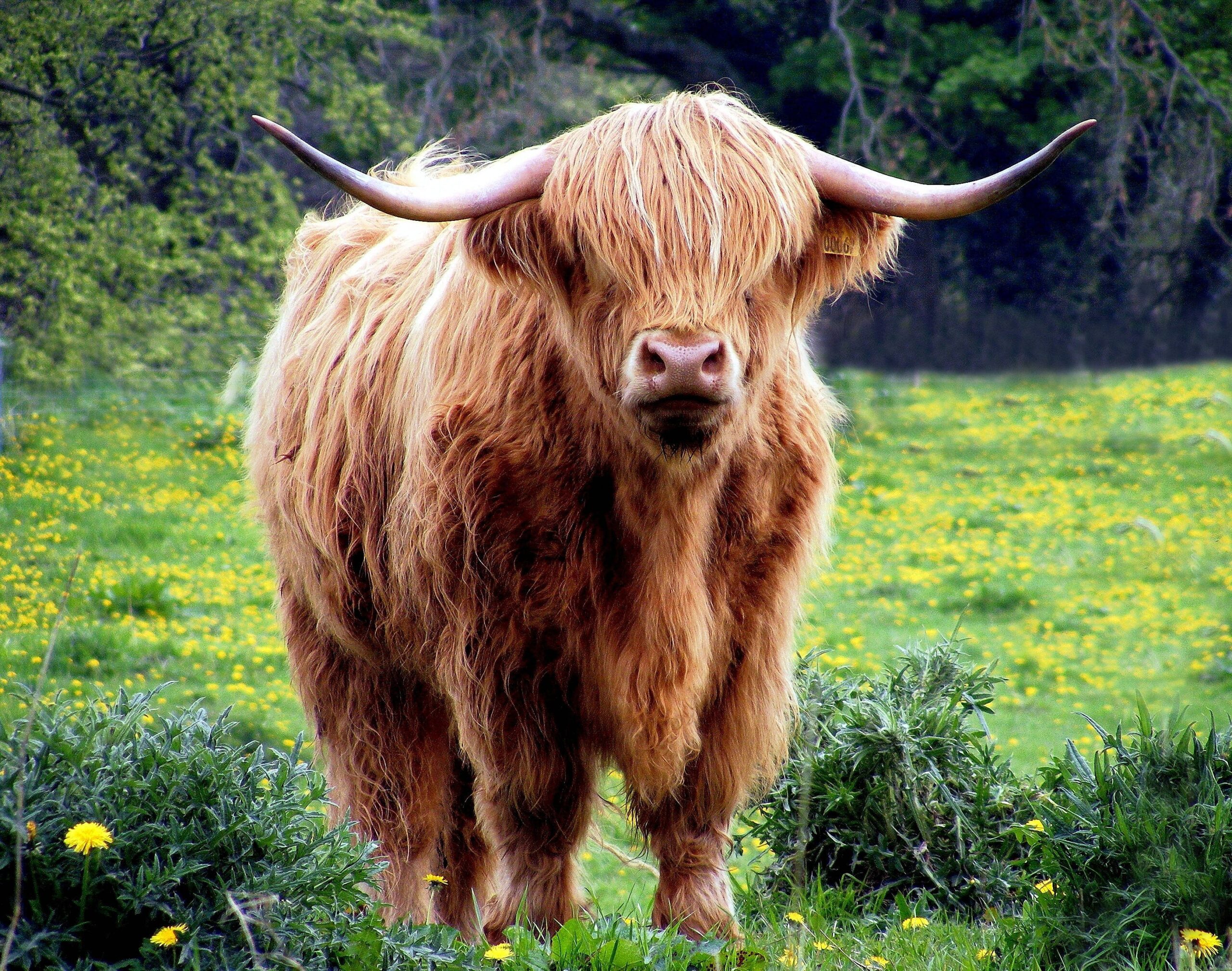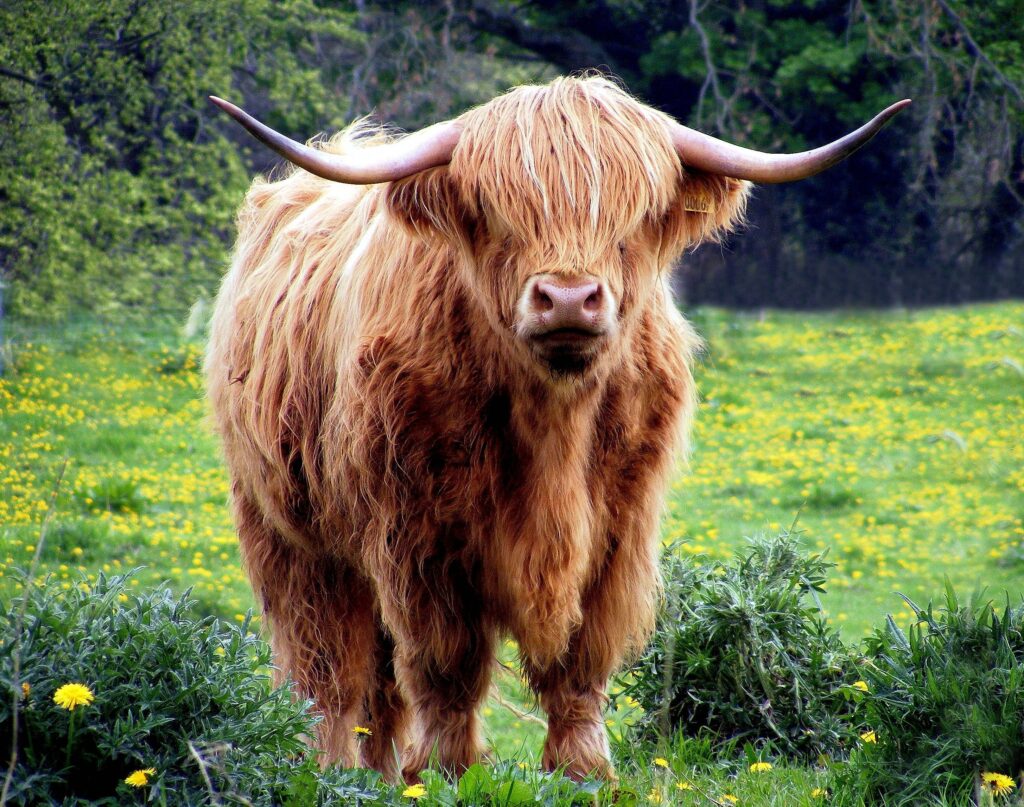
Table of Contents
Traditions of the Germanic Tribes
Step into the ancient world of the Germanic tribes, a diverse group of people who left an indelible mark on European history. These tribes, including the Goths, Vandals, and Saxons, thrived during the Migration Period and played a crucial role in shaping the cultural landscape. In this section, we’ll explore the rich tapestry of traditions that defined the lives of the Germanic tribes, from their social structures to religious beliefs and unique customs.
Social Structure and Tribal Life
The Germanic tribes were organized into tightly-knit communities, each led by a chief or chieftain. The social structure was hierarchical, with a warrior aristocracy at the top, followed by freeborn farmers, and then slaves. Let’s delve into the aspects that characterized their social life:
Thing Assemblies
The Thing, a communal gathering, served as the primary decision-making body for the Germanic tribes. Here, disputes were settled, laws were made, and important matters were discussed. The Thing reinforced the sense of community and collective decision-making.
Role of Chieftains
Chieftains played a crucial role in the tribal structure. They were not only military leaders but also held responsibilities in maintaining order, dispensing justice, and overseeing religious ceremonies.

Religious Beliefs and Practices
The Germanic tribes had a polytheistic belief system, worshipping a pantheon of deities that mirrored aspects of their daily lives and natural surroundings. The Norse mythology, in particular, shares similarities with the broader Germanic belief system. Key elements include:
Gods and Goddesses
- Odin: The Allfather, associated with wisdom and war.
- Thor: The thunder god, protector of mankind.
- Frigg: Odin’s wife, associated with fertility and the household.
Rituals and Sacrifices
The Germanic tribes engaged in various rituals, including sacrifices to appease the gods. Animals, and occasionally humans, were offered in sacred ceremonies to ensure favor from the deities.
Warfare and Warrior Culture
Warfare was an integral part of the Germanic tribal lifestyle, with warriors highly esteemed in society. The concept of the Comitatus, a mutual bond between a lord and his warriors, exemplified their warrior culture:
Valkyries and Afterlife
The belief in an afterlife was deeply ingrained, with the Valkyries serving as divine maidens who chose those worthy of entering the halls of the gods in Valhalla. Death in battle was considered an honorable way to reach this esteemed afterlife.
Unique Customs and Practices
Beyond the realms of social structure and religion, the Germanic tribes had distinct customs and practices that set them apart:
Runes and Writing
The Germanic tribes had a runic writing system, known as the runic alphabet or Futhark. Runes were not just a means of communication but were also considered magical and sacred.
The Mysteries Of The Extraordinary Ancient Germanic Alphabet – Searchsynonym
Trial by Ordeal
To determine guilt or innocence, the Germanic tribes often resorted to trial by ordeal. Methods included the ordeal of fire, water, and combat, with the belief that divine intervention would reveal the truth. ordeal – Wiktionary, the free dictionary
Legacy of the Germanic Tribes
The traditions of the Germanic tribes have left an enduring legacy, influencing not only the cultural landscape of medieval Europe but also resonating in modern traditions and folklore. The Norse sagas, epic poems, and historical accounts provide glimpses into the customs and beliefs that shaped the lives of these ancient tribes.
Cultural Impact and Modern Resonance
The legacy of the Germanic tribes reverberates through time, influencing not only the medieval period but also modern culture, language, and traditions. Let’s explore how the cultural impact of these ancient tribes continues to resonate in the contemporary world:
Language and Place Names
The Germanic languages, including Old English, Old High German, and Old Norse, form the basis of modern German, English, Dutch, and other Germanic languages. Place names across Europe, especially in regions once inhabited by these tribes, bear witness to their historical presence.
Folklore and Mythology
Norse mythology, a significant part of the broader Germanic belief system, has endured in popular culture. Norse gods like Odin and Thor, as well as mythical creatures like trolls and giants, continue to captivate audiences through literature, movies, and television.
Literature and Sagas
The epic sagas and heroic poetry of the Germanic tribes, such as the Icelandic sagas and the Anglo-Saxon epic “Beowulf,” are celebrated works that contribute to the rich tapestry of world literature. These tales of heroism and adventure remain sources of inspiration for storytellers.
Frequently Asked Questions
What are the 3 Germanic tribes?
Saxons: The Saxons were a Germanic tribe that inhabited the North Sea coastal region, including parts of modern-day Germany and the Netherlands.
Franks: The Franks were a Germanic tribe that played a significant role in the history of Western Europe, particularly in the establishment of the Carolingian Empire.
Visigoths: The Visigoths were a branch of the larger Gothic people and played a prominent role in the decline of the Western Roman Empire.
Are Vikings and Germanic tribes the same?
Vikings were a subset of the broader Germanic peoples. While Vikings were Germanic, not all Germanic peoples were Vikings. The term “Vikings” is often used specifically to refer to seafaring Norse people from Scandinavia who engaged in raids and explorations during the Viking Age.
Are Scandinavians Germanic?
Scandinavians, including those from Denmark, Norway, and Sweden, are considered part of the Germanic ethnic group. The Germanic languages, which include Danish, Norwegian, and Swedish, are spoken in Scandinavia.
Why Are They Called Germanic Tribes?
The term “Germanic” is derived from the ancient Roman designation for the tribes living in the region east of the Rhine, which they referred to as “Germania.” The Germanic tribes were diverse but shared linguistic and cultural characteristics.
Are Swedes Germanic?
Swedes are considered part of the Germanic ethnic group. The Swedish language is a North Germanic language, and Sweden, along with Denmark and Norway, is part of the historical and cultural region of Scandinavia.
Are Scandinavians Vikings?
While not all Scandinavians were Vikings, many Vikings originated from Scandinavia. The term “Viking” refers to a specific subset of Norse seafarers and warriors who engaged in raids and exploration during the Viking Age, roughly from the late 8th century to the early 11th century.




I loved as much as youll receive carried out right here The sketch is attractive your authored material stylish nonetheless you command get bought an nervousness over that you wish be delivering the following unwell unquestionably come more formerly again as exactly the same nearly a lot often inside case you shield this hike